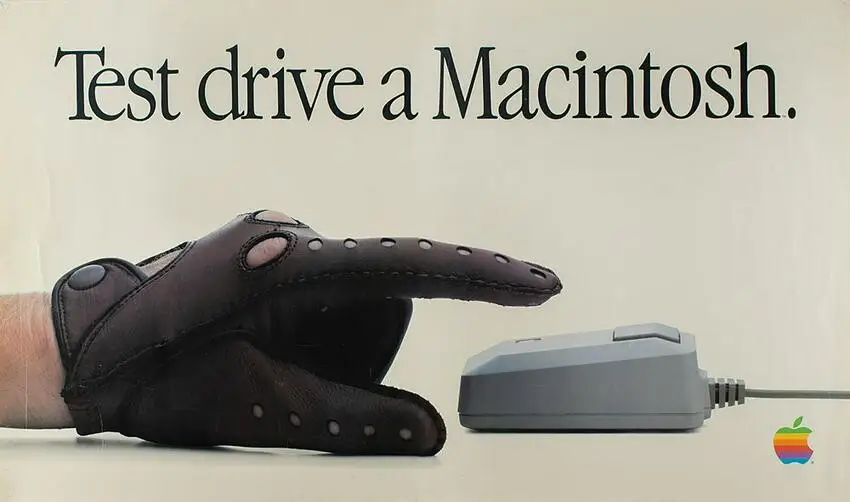
Past popular device revolutions often follow a specific pattern, which is to add a powerful catalytic interface innovation on the basis of existing tools. Throughout history, we can clearly see that many successful device changes have followed this path. When new interface innovations are combined with existing tools, they often produce a surprising chemical reaction, promoting the device's functionality and user experience to a new level.
Therefore, a more reasonable path for change should be as follows: first, select an existing tool that is very popular at present. This tool is usually widely accepted and used, has a certain user base and market influence. Then, superimpose a powerful catalytic interface innovation on this tool. This interface innovation can be a brand-new interaction method, a more intuitive display effect, or a smarter operation experience, etc. In this way, at the intersection of existing tools and new interface innovations, unique value can be released. This value is not only reflected in the improvement of functions, but also includes the improvement of user experience, the improvement of work efficiency, and the enhancement of market competitiveness.
In the current era of artificial intelligence, AI's catalytic interface innovation is mainly reflected in two aspects. First, computers can now read and see. This means that computers can understand and process images, text and other information like humans, providing users with smarter services. Second, computers can now imitate humans. Computers can achieve more natural interaction and more efficient decision-making by learning human behavior patterns and ways of thinking.
Looking forward to the future, the main interface of AI computers will be more like the tools we have in our lives, rather than completely new things. This is because people are more willing to accept and use familiar tools, and the development of AI computers also needs to consider the habits and needs of users. In the future development, AI computers will pay more attention to the natural interaction with users, allowing users to use and operate more easily by imitating the existing tool interface.
Novelty will appear at high leverage points, these points "meet the tools we use today". That is to say, where existing tools are combined with new technologies and concepts, innovative solutions and products will be produced. These high leverage points can often give full play to the advantages of existing tools, while introducing new technologies and concepts to create unique value. Therefore, in the future development, we should pay close attention to these high leverage points, actively explore the combination of new technologies and concepts with existing tools, and contribute to promoting the change and innovation of devices.

